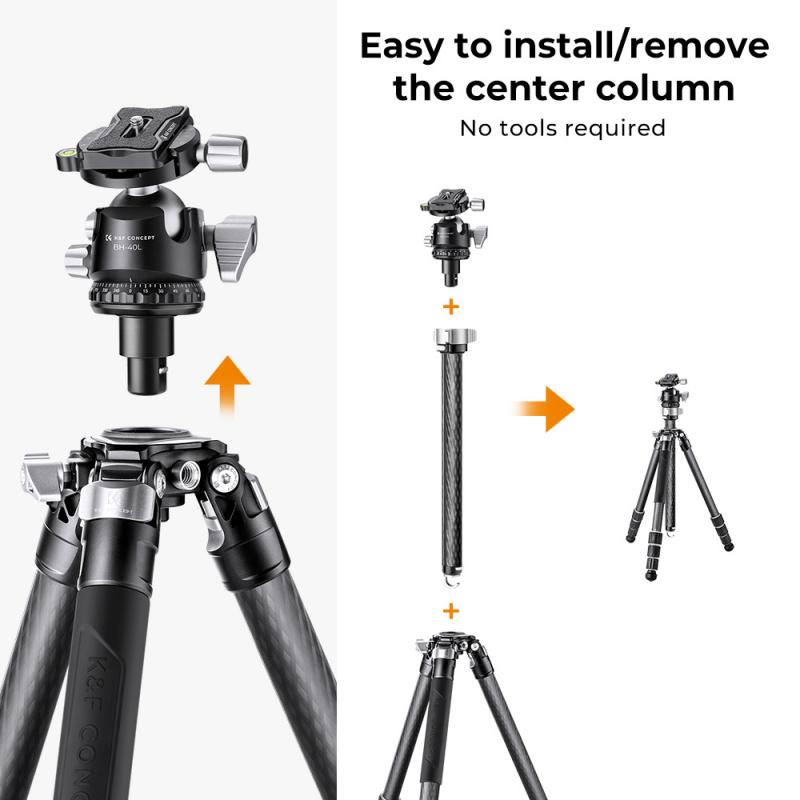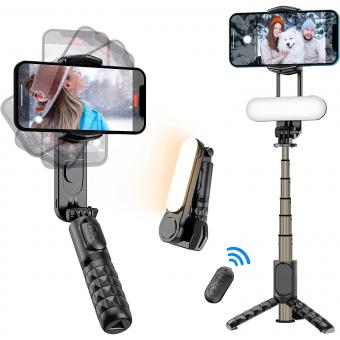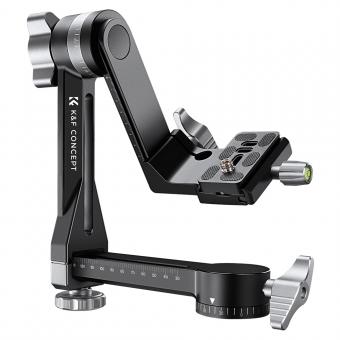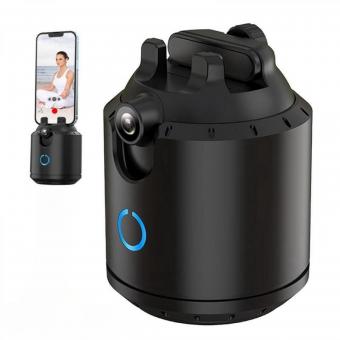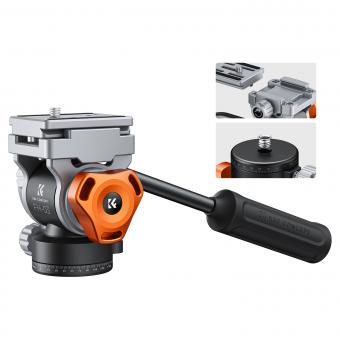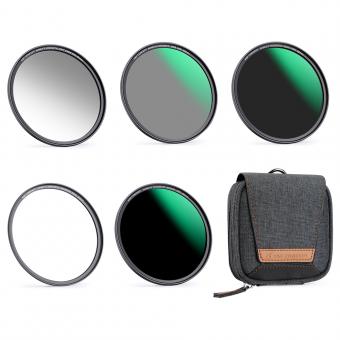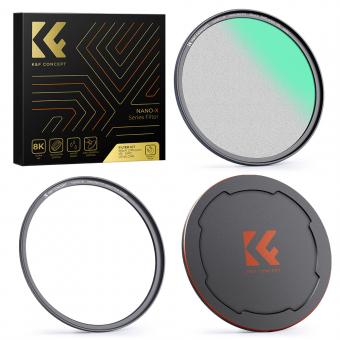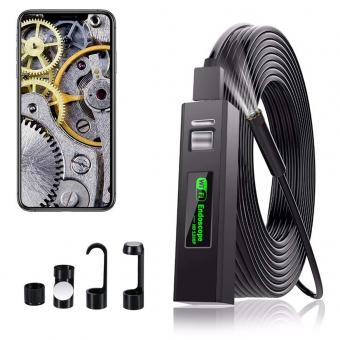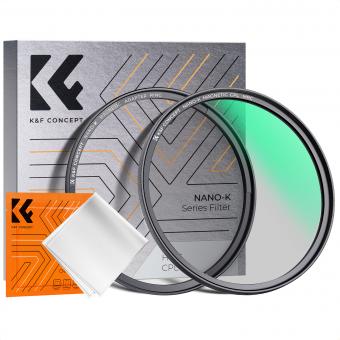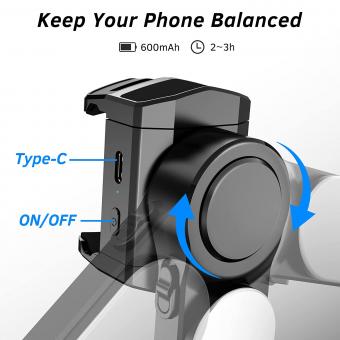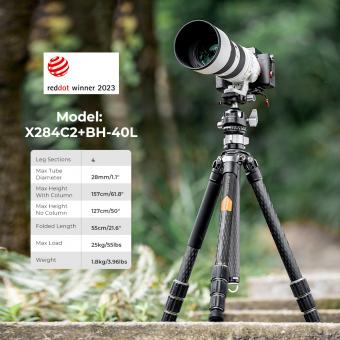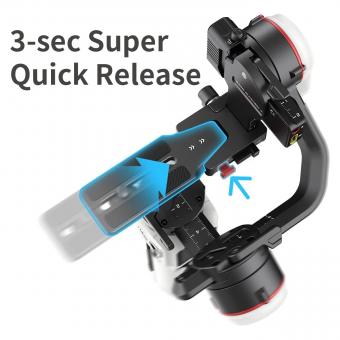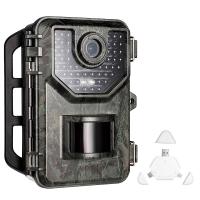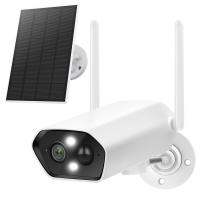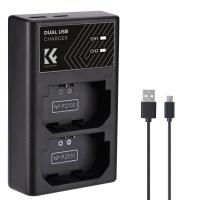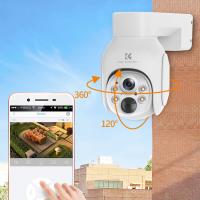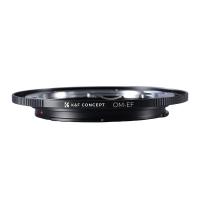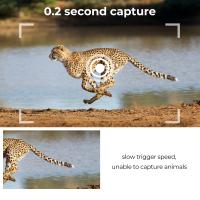What Is A Gimbal ?
A gimbal is a pivoted support that allows an object, such as a camera or a compass, to remain level and stable even when the base it is mounted on is moving. It consists of a set of rings or pivots that are connected to each other, allowing the object to rotate freely in multiple axes. Gimbals are commonly used in photography and videography to achieve smooth and steady shots, as well as in navigation instruments to maintain accurate readings despite the motion of a vehicle or vessel.
1、 Mechanical device for stabilizing cameras and other equipment.
A gimbal is a mechanical device used for stabilizing cameras and other equipment. It consists of a pivoted support that allows the rotation of an object around multiple axes. The primary purpose of a gimbal is to counteract any unwanted movement or shaking, ensuring smooth and steady footage or capturing of images.
Gimbals have been widely used in the film and photography industry for many years. They provide a stable platform for cameras, allowing filmmakers and photographers to capture high-quality shots without the need for bulky and expensive equipment like tripods or dollies. By using a gimbal, camera operators can move freely and smoothly, even while walking or running, while maintaining a steady image.
In recent years, gimbals have become increasingly popular among content creators and enthusiasts due to advancements in technology and the availability of more affordable options. With the rise of smartphones and action cameras, portable gimbals have become widely accessible, allowing anyone to achieve professional-looking footage with their handheld devices.
Moreover, gimbals are not limited to cameras alone. They are also used in various other applications, such as drones, where they help stabilize the camera and ensure smooth aerial footage. Additionally, gimbals are utilized in the field of robotics, enabling precise movements and stabilization for robotic arms or platforms.
Overall, gimbals have revolutionized the way we capture and record moments, providing a versatile and effective solution for stabilizing cameras and other equipment. With their continued advancements and increasing affordability, gimbals are likely to remain an essential tool for filmmakers, photographers, and content creators in the foreseeable future.
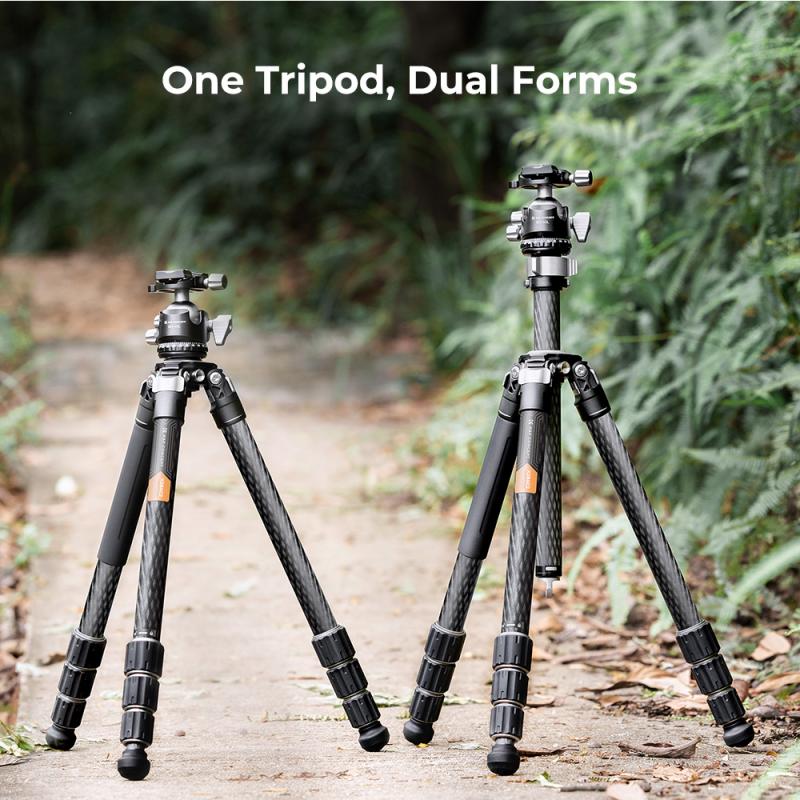
2、 Consists of pivoted rings to maintain orientation and balance.
A gimbal is a mechanical device that consists of pivoted rings or axes that allow an object to maintain its orientation and balance. It is designed to keep an object stable and level, regardless of the motion or movement of its surroundings. The primary purpose of a gimbal is to provide stability and smoothness to cameras, drones, and other equipment that require steady and controlled movements.
The concept of a gimbal dates back centuries and has been used in various applications. Originally used in maritime navigation, gimbals were employed to keep compasses and other instruments level on a moving ship. Today, gimbals have found their way into modern technology, particularly in the field of videography and photography.
In the context of cameras, a gimbal is a handheld or motorized device that uses three axes of rotation to stabilize the camera and eliminate unwanted vibrations or shakiness. This allows for smooth and professional-looking footage, even when the camera operator is moving or walking. Gimbals have become increasingly popular among content creators, filmmakers, and vloggers due to their ability to capture high-quality, stable shots.
With advancements in technology, gimbals have evolved to include features such as motorized stabilization, remote control capabilities, and even built-in sensors for automatic tracking. These advancements have made gimbals more user-friendly and accessible to a wider range of users.
In conclusion, a gimbal is a mechanical device that consists of pivoted rings to maintain orientation and balance. It is an essential tool in the world of videography and photography, providing stability and smoothness to cameras and other equipment. As technology continues to advance, gimbals are likely to become even more sophisticated and versatile, enabling users to capture stunning footage with ease.
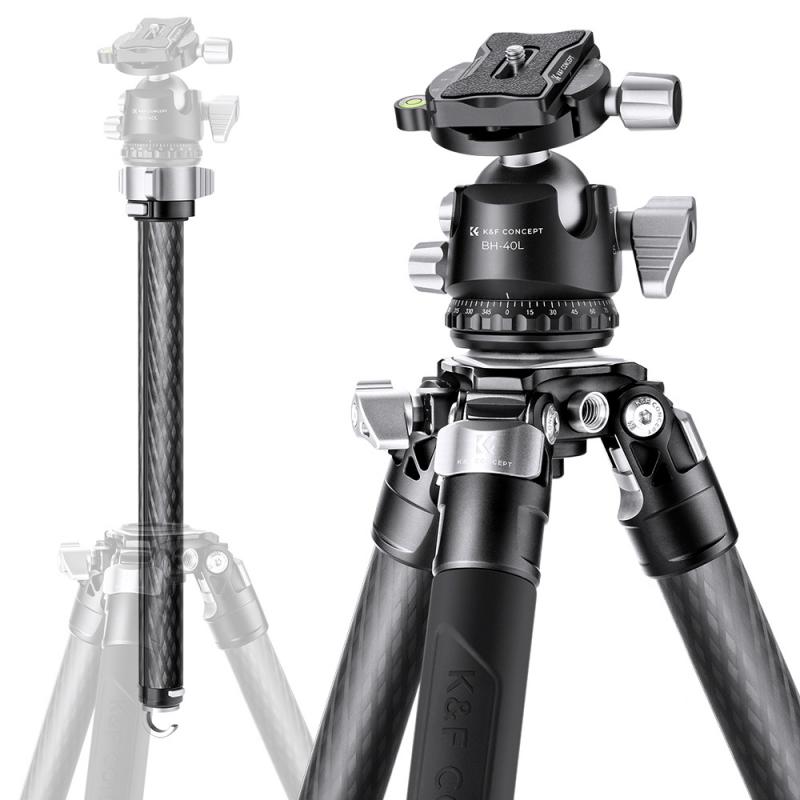
3、 Used in photography, videography, and aerospace applications.
A gimbal is a device used in photography, videography, and aerospace applications. It is designed to stabilize and control the movement of a camera or other equipment, allowing for smooth and steady shots.
In photography and videography, gimbals are commonly used to eliminate camera shake and vibrations, resulting in professional-looking footage. They consist of three rings or axes that intersect at right angles, allowing the camera to rotate freely in all directions while maintaining stability. This enables photographers and videographers to capture fluid and dynamic shots, such as tracking shots or smooth pans, even while moving or in challenging environments.
Gimbals have also found extensive use in aerospace applications. They are employed in spacecraft, satellites, and drones to stabilize cameras, sensors, and other equipment. In space exploration, gimbals are crucial for maintaining the orientation of spacecraft and instruments, compensating for the lack of gravity and external disturbances. They enable precise pointing and tracking of celestial objects, as well as capturing high-resolution images and data.
From a technological standpoint, gimbals have evolved significantly in recent years. With the advent of brushless motors and advanced control algorithms, modern gimbals offer enhanced stabilization capabilities and increased precision. Some gimbals even incorporate intelligent features like object tracking and automated movements, further expanding their creative potential.
Overall, gimbals have revolutionized the way we capture and document the world around us. Whether it's capturing breathtaking landscapes, shooting cinematic videos, or exploring the depths of space, gimbals have become an indispensable tool for photographers, videographers, and aerospace engineers alike.
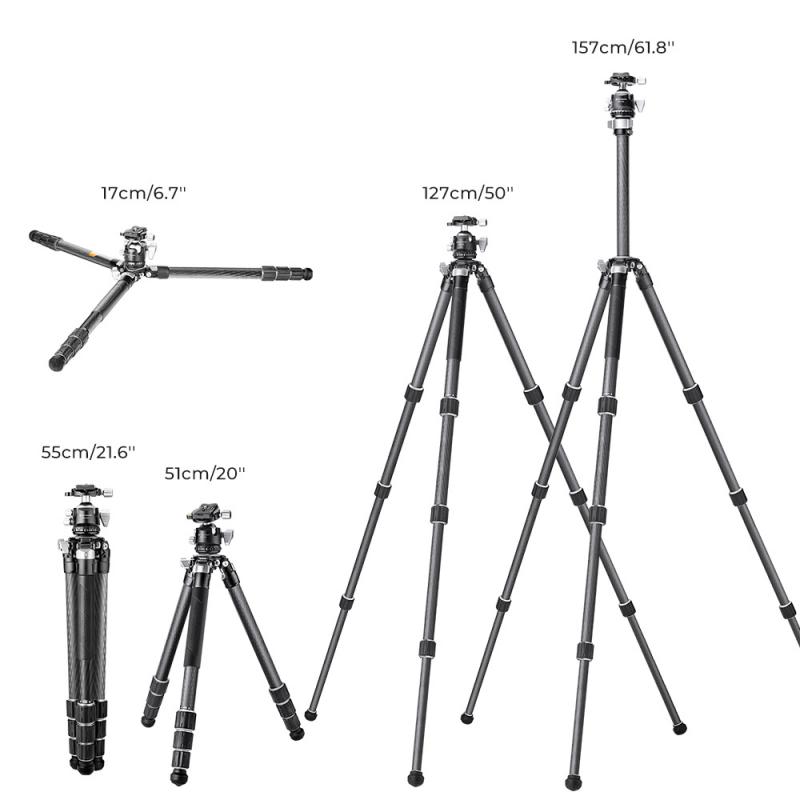
4、 Enables smooth and steady movement while capturing footage.
A gimbal is a device that enables smooth and steady movement while capturing footage. It is commonly used in photography and videography to stabilize cameras and other recording equipment. The primary purpose of a gimbal is to counteract any unwanted movements or vibrations that may occur during filming, resulting in shaky or blurry footage.
A gimbal consists of three axes of rotation: pitch, roll, and yaw. These axes allow the camera to move in any direction while maintaining stability. The pitch axis controls the up and down movement, the roll axis controls the side-to-side movement, and the yaw axis controls the rotation or panning movement.
By using motors and sensors, a gimbal can detect and compensate for any movement or vibration, ensuring that the camera remains level and steady. This technology has revolutionized the way videos and photos are captured, allowing for professional-quality footage even in challenging environments.
In recent years, gimbals have become increasingly popular due to advancements in technology and the rise of social media platforms. They are now available in various sizes and designs, catering to different types of cameras and shooting styles. From handheld gimbals for smartphones to larger gimbals for professional cameras, there is a wide range of options to choose from.
Gimbals have also become more affordable and user-friendly, making them accessible to a broader audience. They are now commonly used by content creators, vloggers, and even hobbyists who want to capture smooth and professional-looking footage.
In conclusion, a gimbal is a device that enables smooth and steady movement while capturing footage. It is an essential tool for photographers and videographers, allowing them to achieve professional-quality results by eliminating shaky or blurry footage. With advancements in technology, gimbals have become more accessible and user-friendly, making them a popular choice for content creators in today's digital age.
